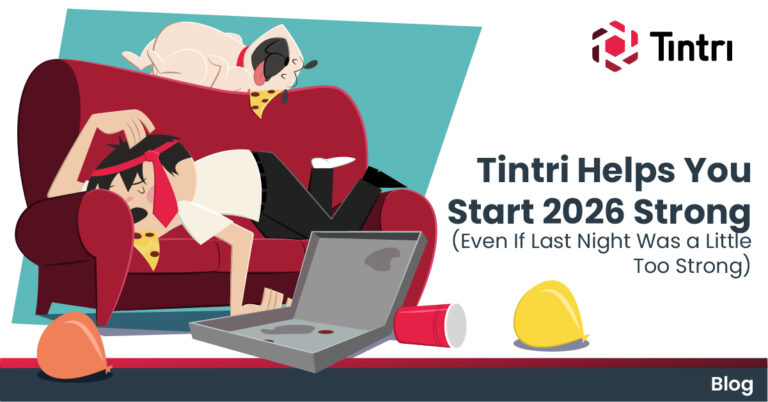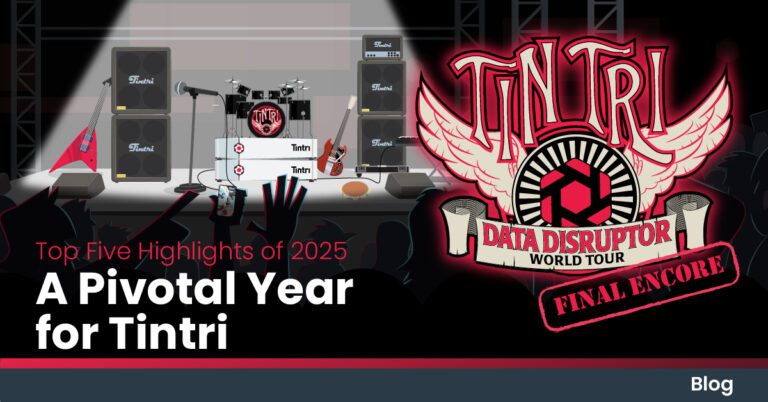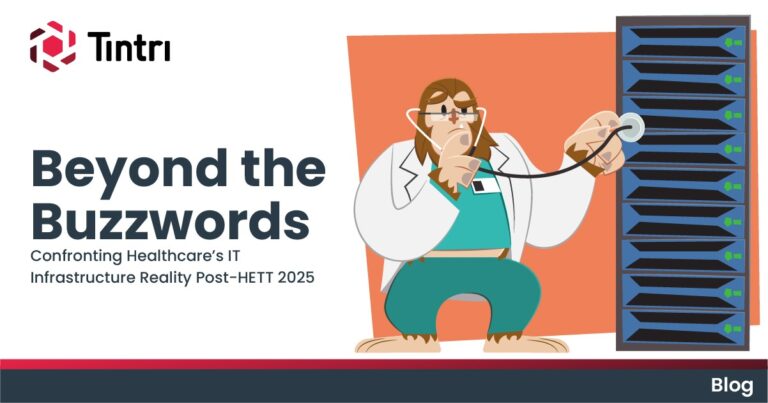Or try it right now.
Maybe you’d like to get your hands dirty. We’ve got an interactive demo for you—no registration required. See storage differently, starting now. Slapping a shiny UI on the same old LUN-based architecture is like putting lipstick on a pig.
“Flexible.”
Unity can consolidate mixed workloads onto storage that scales to 3 PBs. Would you put your virtual desktops next to your mission critical databases on a single EMC device? Tintri customers do that with regularity, because we keep those separate workloads isolated. No noisy neighbors.
What does flexibility look like in a highly virtualized data center? It’s the ability to run multiple, concurrent hypervisors on a single Tintri platform. With a common operating system and analytics across your entire storage footprint, you can drill into any virtual machine in real time, and use their behavior to precisely predict your storage future.
Now, what if you could take that flexibility and scale it past 3 PB, all the way to 10 PB? Manage the whole thing as a federated pool—up to 160,000 VMs from a single pane of glass, and with a single employee?
Ask your EMC sales rep – how do I manage this alongside other EMC products? And how do I see analytics from across my entire footprint?
If you want to see actual innovation in storage—the kind that can really transform your data center. We’ll show you live how to scale-out differently, and demo VM-aware storage technologies that are truly simple, modern and flexible.
“Modern.”
EMC is talking a lot about this platform being “designed with flash in mind”. Isn’t every storage worth your time designed with flash in mind these days?
Here’s the thing though—are you buying flash, or are you seeking a way to guarantee the performance of your virtualized applications? It’s the latter that matters. And while EMC and other all-flash players tout IOPS like a rare commodity, only Tintri can guarantee performance for your virtualized apps.
Unity and other all-flash forces the IO requests of your apps through a single lane. No matter the speed of that lane, you’re going to have conflict sooner or later. Conversely, Tintri assigns every VM its own lane, so there is zero performance conflict. Then we let you assign exact QoS thresholds for any VM, so you can guarantee minimum or maximum performance.
Ask your EMC sales rep – what steps do I have to take with Unity to guarantee the performance of an individual virtual machine?
Earlier today EMC announced Unity—its new storage platform. But Unity isn’t bringing anything new to the market. It’s proof that legacy storage providers are being lapped by emerging providers’ technologies.
For now, let’s break down what EMC is delivering with Unity. It’s being pitched as:
“Simple.”
Every provider claims simplicity—what’s the qualification here? EMC has been talking about their VVol support as a reason to believe. In fact, we’ve heard through the grapevine that EMC sales reps have been describing Unity as being “as simple as Tintri—it can do all the same things.”
VVol support is not the same thing as VM-aware storage. Not even close. Unity is still built on a foundation of LUNs—a poor fit for virtualized applications. Yes, you should be able to select preconfigured storage policies for your virtual machines, but only VM-aware storage allows every storage action to be performed at the VM-level. With Tintri you can replicate individual VMs, set quality of service thresholds for VMs and even see root cause of VM latency across host, network and storage. You can’t do any of those things with Unity. And with Tintri, you can do all this and more across vSphere, Hyper-V, RHEV, XenServer AND OpenStack.
Ask your EMC sales rep – how do I use Unity to take VM-level action on my Hyper-V, RHEV, XenServer or OpenStack VMs?
Heck, one of our customers spins up 20,000 VMs every month across 74 datastores and 8 data centers. He’s a Windows Admin, and he does it in 4 hours a week. Can you imagine the time and effort it would take to manage that kind of footprint with EMC?





